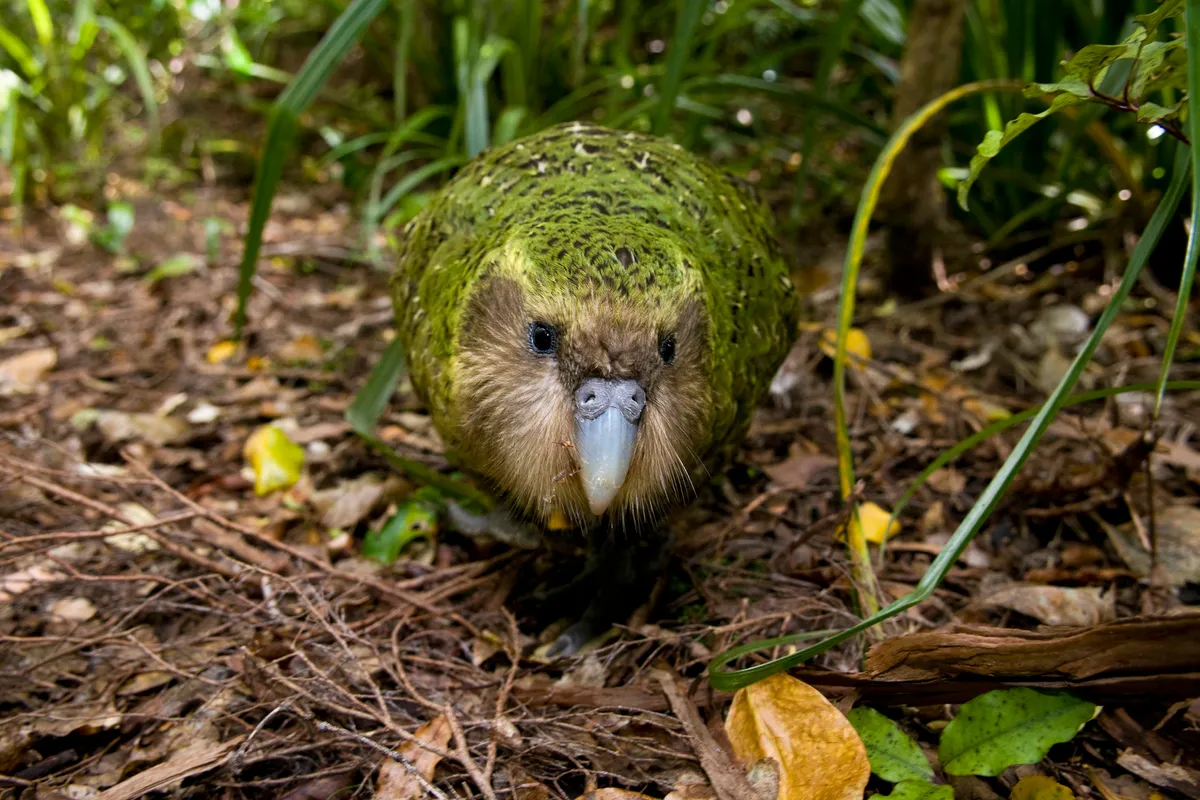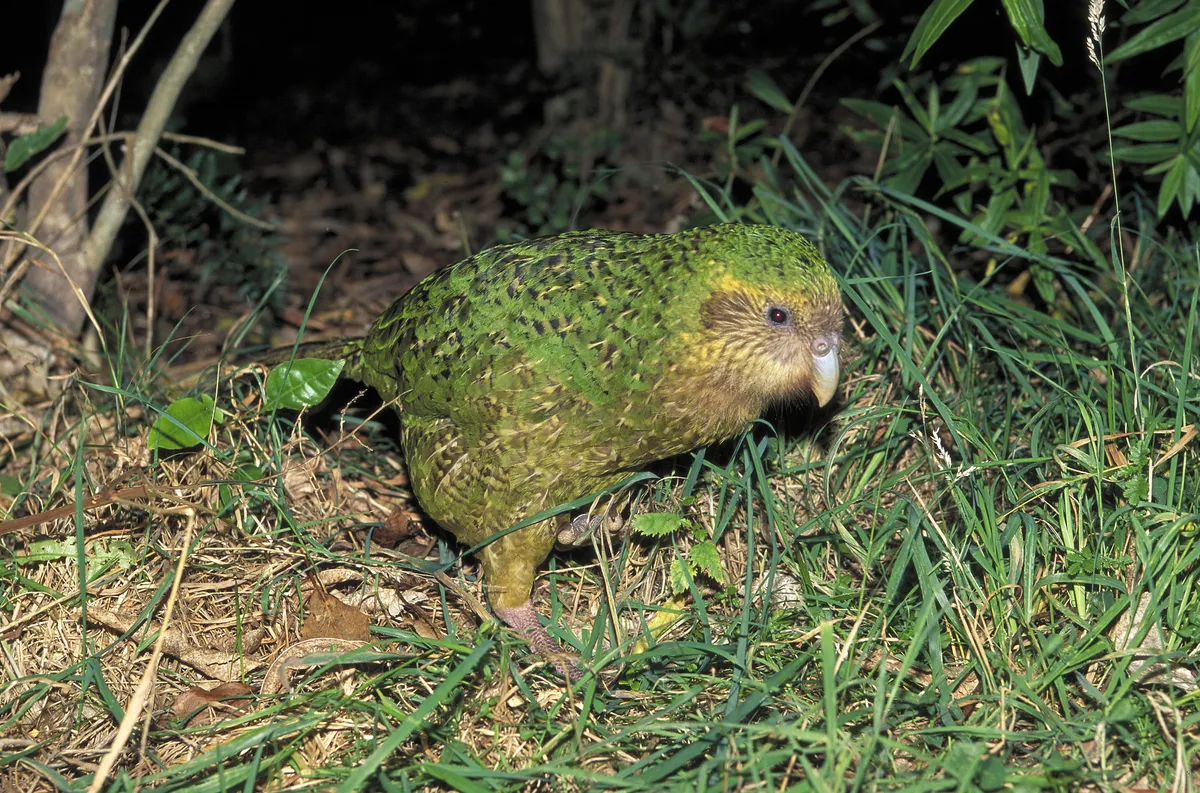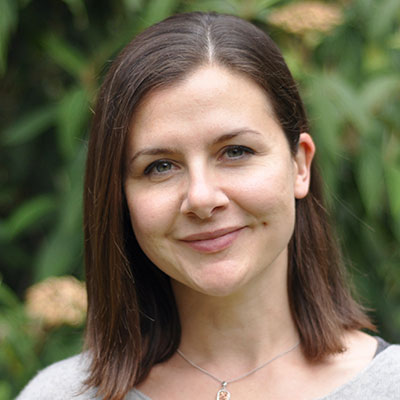Kākāpō are huge, nocturnal, flightless parrots, and in 1995 just 51 individuals existed in the world – their numbers decimated by introduced predators and habitat loss.
Kākāpō Recovery formed to conserve the birds on New Zealand’s predator-free islands to which they are now confined. Dr Jodie Crane joined the team in April 2018. She’s no stranger to bird fieldwork, having completed her PhD on Australian babblers, worked as ornithological warden on the Calf of Man and tracked seabirds with the RSPB.
This is a new challenge: “With species work, a year is usually enough to get your head around everything. But this project has a whole level of complexity I never imagined.”

Kākāpō breeding is stimulated by the abundance of berries from rimu trees, bumper years being called mast years. “2019 was a megamast year,” says Crane. “The trees have masted in absolutely prolific proportions. Our model predicted the first mating in early February and it was actually before Christmas.”
The conditions allowed the team to double-clutch the birds: the first clutch was taken for artificial incubation, leaving females free to lay a second clutch. For some nests, transporting the eggs involved a tough three-hour night hike.
“There’s a huge weight of responsibility. You can’t put aside the thought that every life is completely invaluable,” she explains.
Upon hatching, the team acted as surrogate mothers until the chicks could be returned to the nest. It paid off. “We currently have 70 surviving chicks from this breeding season! It’s the biggest breeding season since conservation efforts began.”

All birds wear transmitters that provide information on location and activity, and even mating opportunities are managed: “One male had fathered a third of the population, which isn’t ideal from a genetic perspective. So we moved him to a different island to allow some of the other males to breed.”
Breeding won’t happen again on Whenua Hou and Anchor Island until the next masting, probably in 2 022. In the meantime, there’s a welcome problem to deal with.
“We have too many kākāpō! So, we’re setting up new sites for them, and even considering a mainland site, which would be a huge and symbolic step for the project.”
After this year’s extraordinary season, the mood is upbeat but also sober. Since the celebratory announcement of 213 birds in September, two have died from aspergillosis, a fungal infection that killed seven others earlier in the year.
“It’s a reminder that though kākāpō conservation has come a long way, there are still massive challenges. It brings you back to reality pretty quickly.”
This article originally appeared in BBC Wildlife. Take a look inside the current issue and find out how to subscribe.
Main image: Jodie with kākāpō Pura

